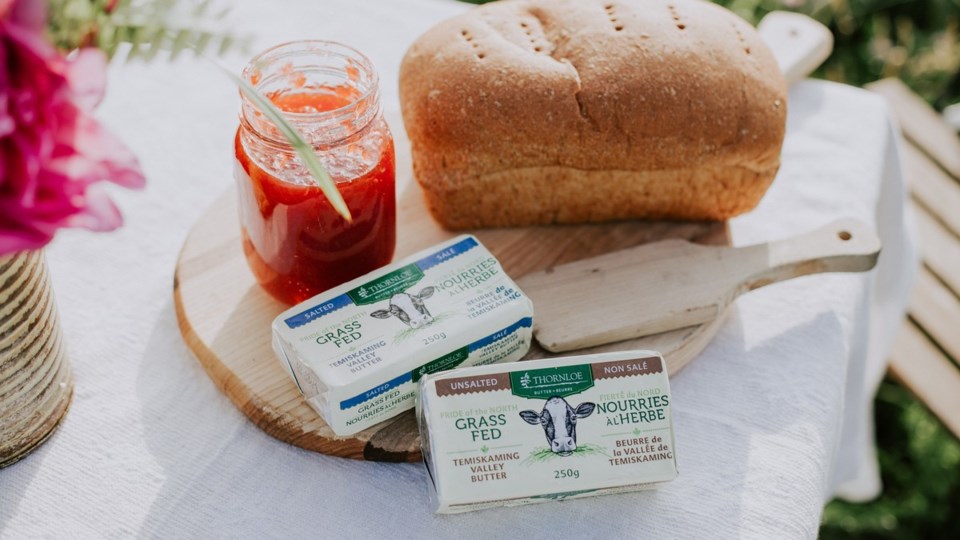In a span of six years, Thornloe Cheese went from a regional curd-maker generating $6 million in annual sales to a national supplier of artisanal cheeses, more than doubling its revenues to $14 million.
It’s a happy success story for a business that began in 1940 with just two employees and 900 pounds of milk. And it’s one that’s increasingly rare for small companies, said Pam Hamel, Thornloe’s national sales product manager.
Hamel appeared as a guest speaker during the 2023 Municipal Agriculture Economic Development and Planning Forum, hosted by the City of Temiskaming Shores and the Ontario Ministry of Agriculture, Food and Rural Affairs (OMAFRA).
Held Oct. 17-19, this marked the first time the annual conference has been held in Northern Ontario. This year’s theme was ‘Connect, Collaborate, Cultivate Agriculture Across Ontario.’
“There are significant challenges to growing that business,” Hamel said. “We have American competition; we have European competition; we have our competition from within. There are a lot of barriers.
“Do we have potential? Yes.”
Hamel said the first key to Thornloe’s longevity is having quality, in-demand products.
In the mid-2010s, in conjunction with the University of Guelph and the Dairy Farmers of Ontario, the company developed a national standard for cheese made with dairy from grass-fed cows. In 2017, Thornloe produced its first grass-fed cheese — the first in Canada to do so — and a short time later, Thornloe added grass-fed butter to its repertoire.
For its efforts, the company has won regional and provincial accolades, including the Premier’s Award for Agri-Food Innovation Excellence in 2015 and the Grand Champion Award in the butter category at the Royal Agricultural Winter Fair in 2018.
“You have to be prepared to be a bit of a disruptor when you are developing food products, because the shelves are full already,” Hamel said. “There’s a lot of competition.”
Want more business news from the North? Sign up for our newsletter.
Even with great products, small food businesses won’t get very far without a solid distribution plan in place, she added. The days of loading up a truck with product and making in-person deliveries to customers are long over.
“A lot of times food-makers are very passionate; they don’t want to relinquish control,” she said.
“There’s this notion that food distributors out there will erode their margin; they’ll lose control. But in truth, you cannot build your business without it.”
At Thornloe, with the help of OMAFRA, Hamel began attending industry trade shows, like Grocery Innovations Canada and the Restaurants Canada Show, which helped her make connections with foodservice companies and distributors.
Hamel opted to partner with distributors that work alongside independent grocery stores to get a bigger bang for her buck.
In Canada, 85 per cent of grocery stores are owned by the ‘big three’ companies: Metro, Sobey’s and Loblaw. Competition for shelf space is high, and vying for consumer dollars can quickly become expensive for small businesses.
Instead of jumping into that “pay-to-play” model, Hamel steered Thornloe toward smaller grocers where their products have a better chance of finding shelf space and developing a following.
“Keep us in the independent stores,” she advised her distributors. “Get me in the butcher shops, get me in the farmers markets, get me into all of those, and that is manageable.”
Under new ownership since 2019, Thornloe is thriving, producing a range of specialty cheeses alongside the cheddars, curds and butter it’s become famous for.
It remains a competitive business, and Hamel said producers must be assertive in order to secure their place in the market.
But consumers, too, have a role to play in the success of local food producers, she said.
Visit a farmers market, she advised, order meat from a local butcher, and shop with them repeatedly to “really support them."
“That is where we start to grow food businesses so then they get a leg up and they keep growing.”




